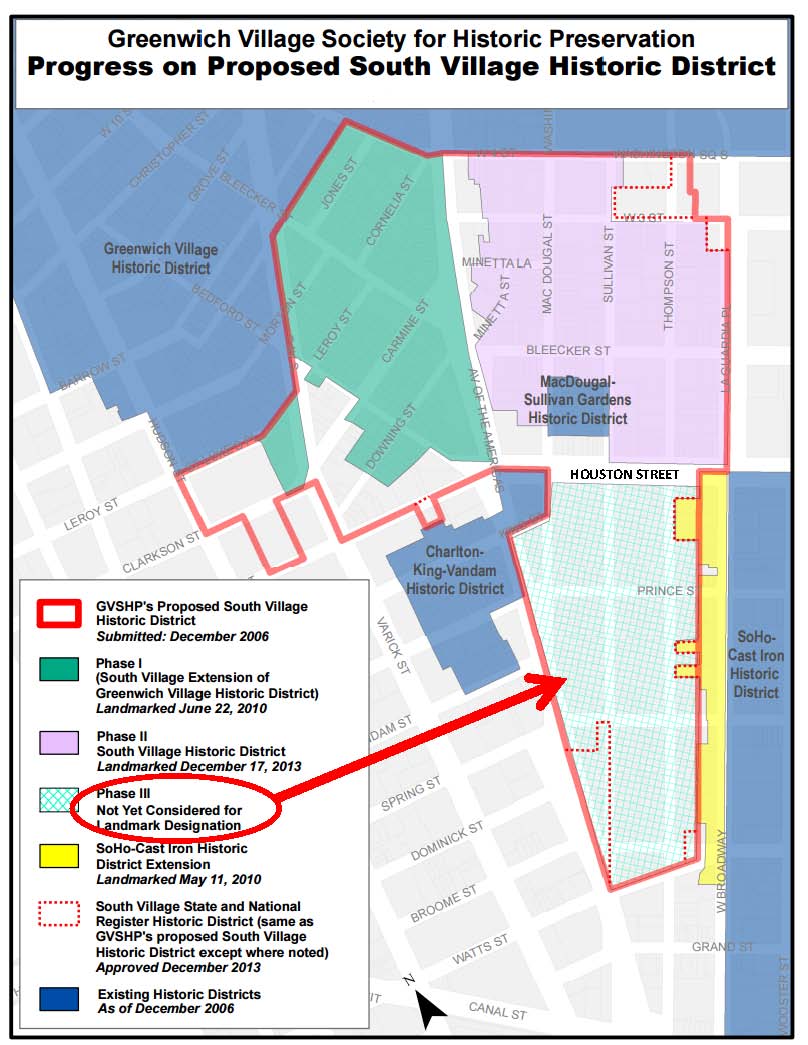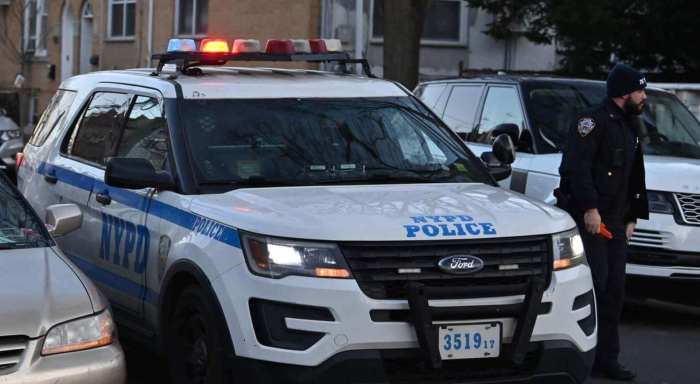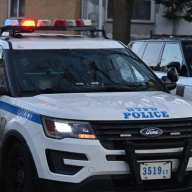BY LINCOLN ANDERSON | Back in 2006, George W. Bush was still president, “Borat” was a top movie and Gnarls Barkley’s “Crazy” was the year’s No. 1 song.
Well, it’s “crazy” that it took this long, but after 10 years of foot-dragging by City Hall over two administrations, the Landmarks Preservation Commission has finally agreed to consider designating the last unprotected part of the South Village as a historic district.
According to a source, the agency, as soon as next week, will announce that it has “calendared” the district for a public hearing. The calendaring announcement will reportedly come on Nov. 1. Word is that the actual hearing is tentatively scheduled for Nov. 22.
While the exact boundaries of the proposed area will not be known until L.P.C. calendars it, it will reportedly cover roughly “95 percent” of the 10 blocks that the Greenwich Village Society for Historic Preservation has been lobbying for years to add to the two already designated parts of the South Village Historic District.
Roughly speaking, this third phase of the district would stretch from the south side of Houston St. down to Watts St., with its western boundary along Sixth Ave. and its eastern boundary along West Broadway and Thompson St.
In a statement to The Villager, Damaris Olivo, a spokesperson for L.P.C., said, “The agency has been studying this area for some time, most recently, in light of the commission’s efforts to identify historic resources in neighborhoods undergoing change. As a result, the agency has prioritized this area.”

City Councilmember Corey Johnson said finishing the job and protecting the final vulnerable portion of the South Village was critical to protect the area from increasing development pressures.
“One of my top priorities since taking office has been to achieve landmark protections for the historic South Village,” Johnson said. “New York is growing and changing rapidly, but there are some historic neighborhoods that are so special they should be protected for future generations. The South Village is one of these neighborhoods, and we can’t let it slip away. I look forward to testifying before the Landmarks Preservation Commission in favor of a new historic district that will grace our city for generations to come.”
Andrew Berman, executive director of G.V.S.H.P., said the proposed addition to the historic district includes mostly tenement buildings from the late-19th and early-20th centuries.
“They were purpose-built to house the last great wave of immigrants,” the preservationist said. “These were the kind of buildings that during the first wave of landmarking in the 1960s were excluded by the city, but these are really quite beautiful buildings. The storefronts and the fire escapes are often incredibly ornate. These were often tough places to live on the inside, but the architects didn’t hold back their exuberance in designing the outside.”
The district also notably includes St. Anthony’s Church, at Sullivan and Houston Sts.
Berman and G.V.S.H.P., with the strong support of Community Board 2, used the rezoning application for the pending mega-project at the St. John’s Center site in Hudson Square as leverage to get the city to finally calendar the final portion of the South Village Historic District.
Developers are currently nearing the end of a ULURP (Uniform Land Use Review Procedure) application process, seeking to rezone the St. John’s site to allow residential use. The sought-after rezoning would also increase the site’s F.A.R. (floor-area ratio) from 5 to 8.7 — a massive 75 percent boost in the allowable bulk.
Under a deal between the developers and the Hudson River Park Trust, the developers would pay $100 million to buy 200,000 square feet of unused development rights from Pier 40 to use at the St. John’s site, which is located directly across the West Side Highway from the ailing 14-acre pier at W. Houston St. The money, in turn, would be used to repair the corroded steel support piles for Pier 40, which, with its artificial-turf ball fields, has become a vital amenity for Downtown families.
Twenty-five percent of the St. John’s project’s more than 1,500 apartments would be affordable housing, including a portion for senior affordable housing.
The City Planning Commission last week gave its approval to the St. John’s project application. In earlier votes that were both only advisory, C.B. 2 approved the project with caveats, though Borough President Gale Brewer voted a sweeping no against the whole plan.
Now, in the final phase of the ULURP review, the City Council will next vote on the application. As usually happens in such votes, Johnson’s Council colleagues will likely follow his lead since his district contains the project, and councilmembers generally defer to the local councilmember.
Berman of G.V.S.H.P. said, yes, there was definitely an effort to leverage the St. John’s project rezoning to help push the South Village landmarking through to completion.
“We’ve been fighting for this district for 10 years,” Berman said. “Our position has been that it’s unacceptable and unthinkable for the city to rezone the St. John’s site for a developer when phase three of the South Village next door has been waiting and being completely ignored. Rezoning the St. John’s site would only increase the pressure on the South Village.”
With regard to the St. John’s rezoning, G.V.S.H.P. pushed for three main things: landmarking of the last unprotected one-third of the South Village; no more air rights transfers from Hudson River Park into the C.B. 2 district after the St. John’s project; and no big-box or destination retail stores in the St. John’s Partners project.
So far, it looks like the first of the society’s “wants” will be achieved.
One pro-development media outlet said the city’s expected landmarking of the South Village’s final portion increases the chances the City Council will approve the mega-project. Crain’s called it “a move that will…help grease the wheels for a massive mixed-use project nearby.”
But Berman cautioned that nothing should be taken for granted about the historic district at this point.
“It’s not done yet,” he said. “We’re certainly going to have to turn out in record numbers at the hearing to make sure this happens.”
G.V.S.H.P. had also been calling for rezoning for the South Village as a way to block development there, but Berman said historic district designation actually is better.
“We’re going to continue to ask for rezoning,” he said. “But landmarking is stronger. So I would always ask for landmarking over rezoning.”

































